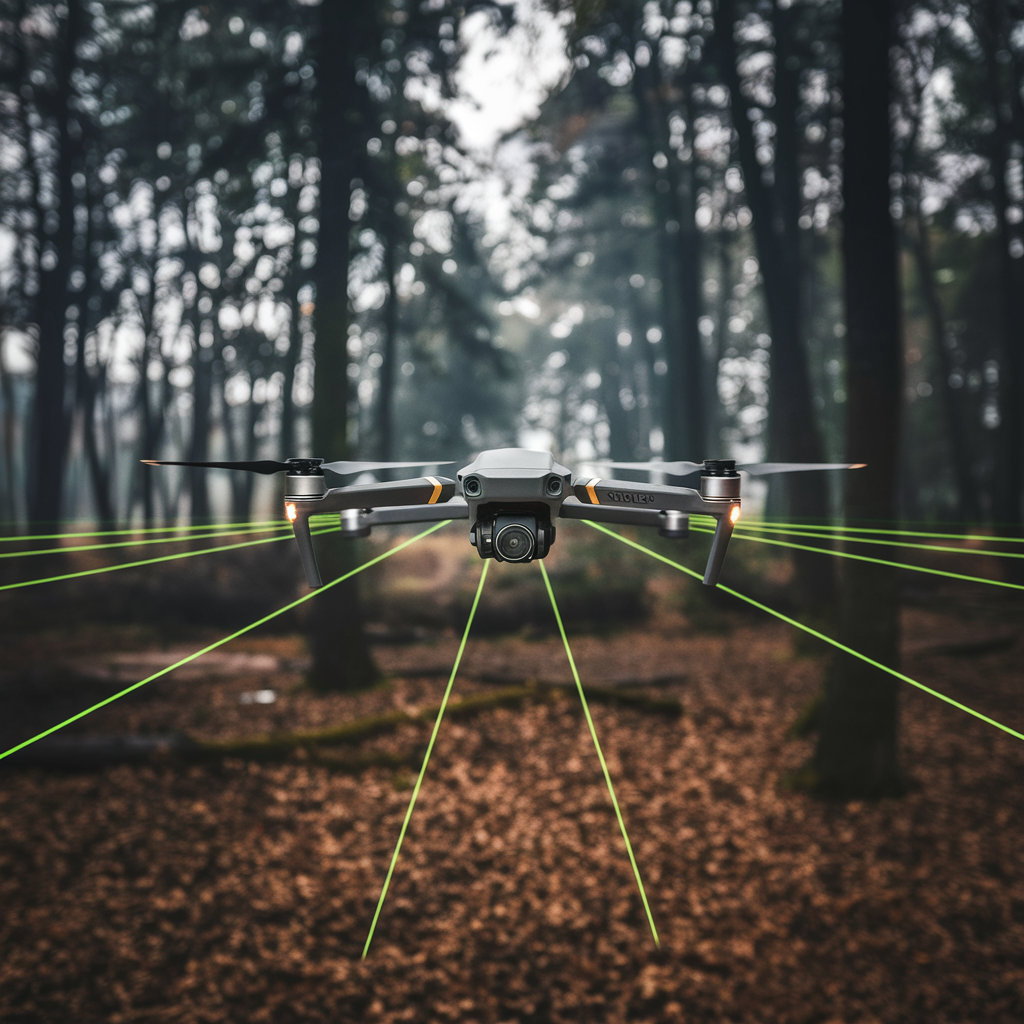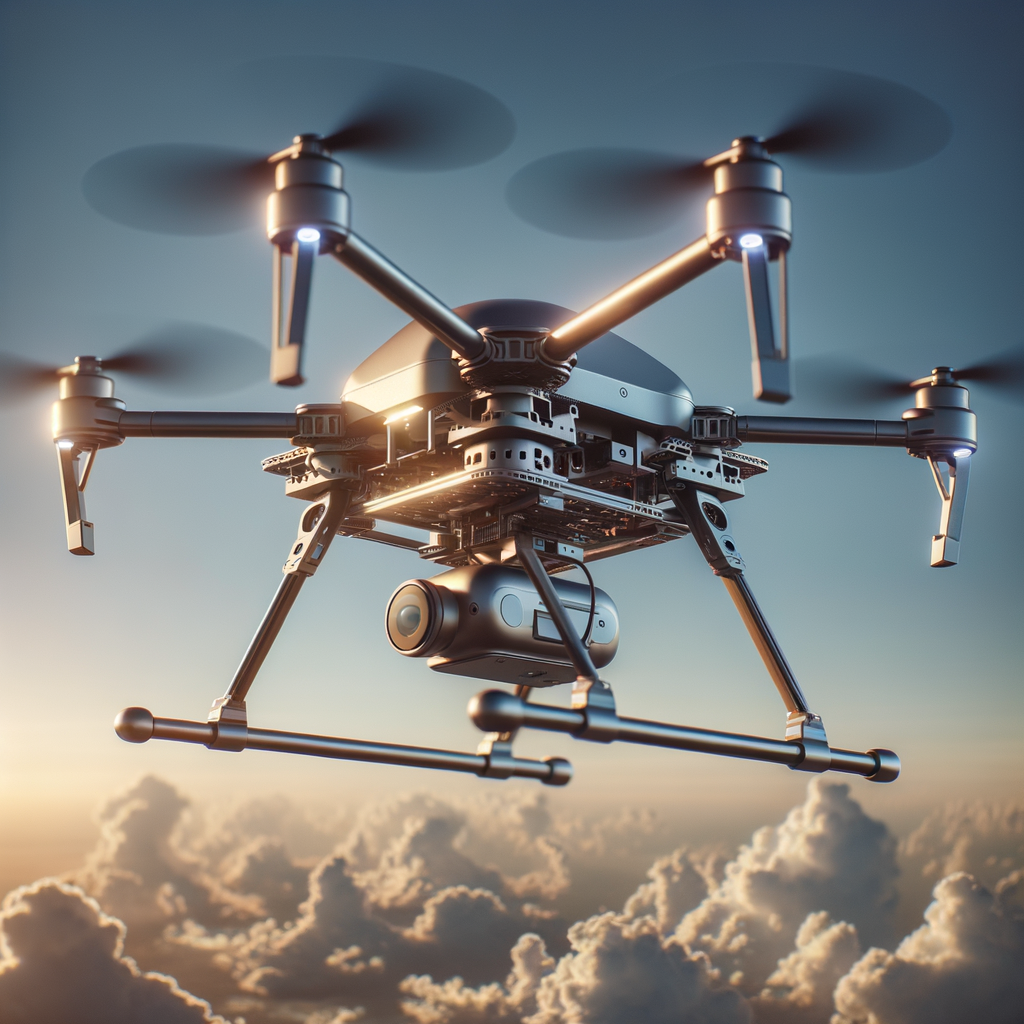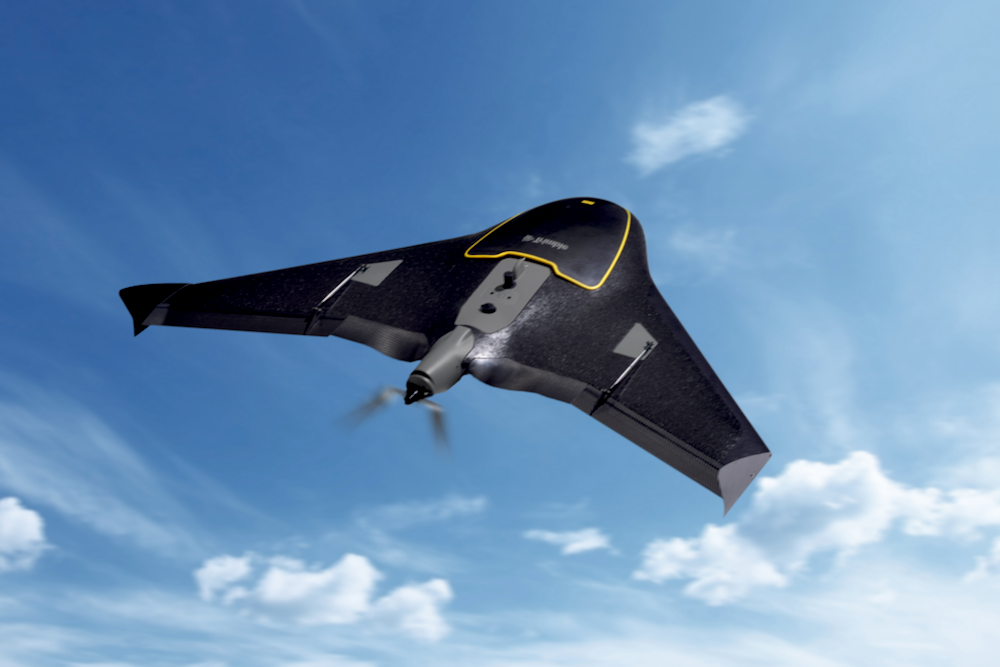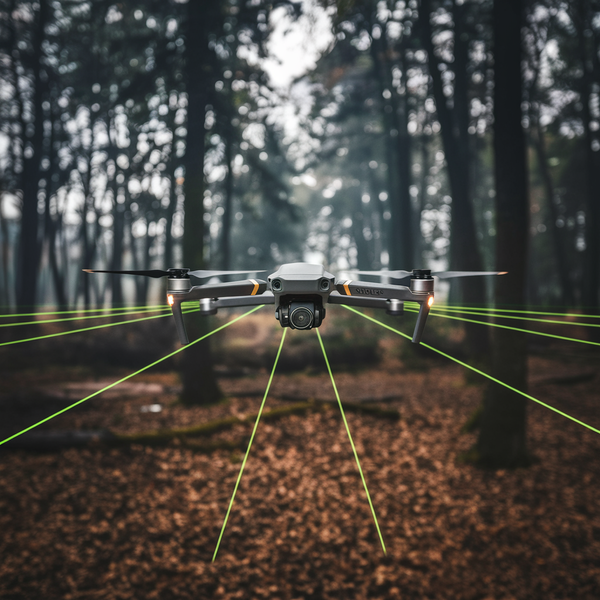Welcome to the exciting world of fixed-wing drones!
These amazing unmanned aerial vehicles (UAVs) are changing how we capture aerial data and explore tough places.
Unlike regular drones, fixed-wing UAVs use special designs to fly better and longer. These advanced drones are about to improve your adventures in the air.
They are made for long trips and cover big areas with their extended range.
Whether you’re doing science research, mapping, or inspections, these drones are very precise and reliable.
Fixed-wing technology is a big step forward in drone innovation. They fly by moving forward, covering lots of ground with little energy.
People who use them for work love how they can handle different places, from farms to wild areas.
Key Takeaways
- Fixed-wing drones provide extended flight times compared to traditional multi-rotor designs
- Advanced aerodynamic engineering enables efficient long-distance missions
- Versatile platforms suitable for mapping, surveying, and industrial applications
- Enhanced payload capacity supports high-resolution imaging systems
- Exceptional energy efficiency reduces operational costs
Understanding Fixed Wing Drone Technology
Drone technology has changed how we explore the sky, with fixed-wing drones leading the way for long missions.
They use a rigid wing structure to fly longer and more efficiently than multirotor drones.
Let’s dive into how these advanced drones work.
https://youtube.com/watch?v=d1Ijzlrg-y0
Fixed-wing drones are different from single-rotor drones in design and how they fly. They use their wings to lift off the ground, using less energy to stay aloft.
Some models can fly up to 16 hours, perfect for covering large areas.
Basic Principles of Fixed Wing Flight
Fixed-wing drones, which utilize fixed wings similar to airplanes, fly by using their shape and movement to lift off the ground.
This design lets them travel far with little energy. It’s a big difference from multirotor drones that need to keep their rotors spinning.
Key Components of Fixed-Wing UAVs
Important parts include a sleek body, a good engine, and smart navigation tools.
These work together for stable flight, precise control, and longer flying times.
Differences from Rotary Wing Systems
While rotary-wing drones, such as multirotor drones, are great for hovering and quick turns, fixed-wing drones are better for long trips.
They can fly hundreds of miles, gather lots of aerial data, and handle tough weather.
Their design means they use energy more efficiently and can go further than traditional drones.
The Evolution of Aerial Survey Technology
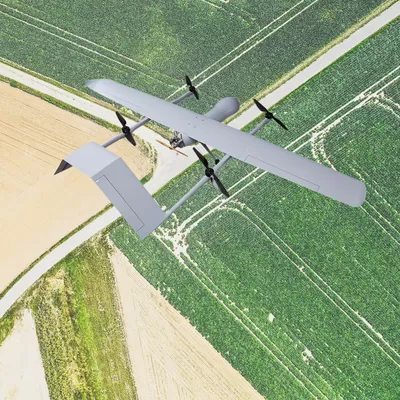
Aerial survey technology has changed a lot in recent years. Drones, once used only by the military, are now key for commercial and industrial mapping.
They offer new abilities in range and vertical takeoff.
Before, surveys were expensive and used manned planes or satellites.
They can capture detailed images quicker and cheaper than before.
Fixed-wing drones can now perform aerial surveying, covering large areas with little human help and providing precise data in many places.
New VTOL (vertical takeoff and landing) tech has also improved drones.
These systems let drones start and land easily, making surveys in tough places simpler and more efficient.
The aerial survey technology market is rapidly expanding, with projections estimating it will reach $12.56 billion by 2028.
This shows the demand for advanced drone solutions in many fields.
Benefits of Fixed Wing Drones in Professional Applications
Professionals in many fields find great benefits in fixed-wing drones for various drone operations. These drones change how we collect data and do aerial surveys.
They do it in a way that’s faster and more efficient.
Extended Flight Time Capabilities
Fixed-wing drones can achieve a maximum flight time much longer than multi-rotor drones.
This lets them cover big areas during surveys.
The WingtraOne GEN II is a good example. It can fly for 59 minutes and go 6.2 miles. This makes it easier to map out big areas.
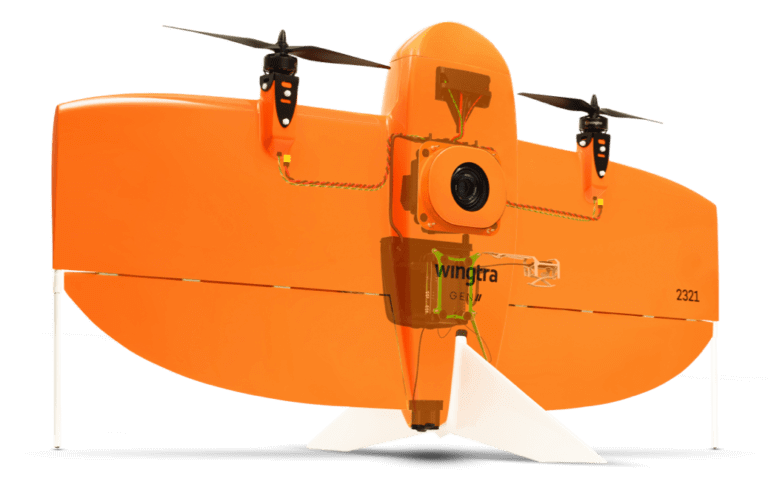
Enhanced Range and Coverage Area
Fixed-wing drones can cover a lot of ground. They can survey up to 20 times more area than quadcopters.
The SenseFly eBee X shows this with its 25-mile range.
This means researchers and professionals can map out huge landscapes easily.
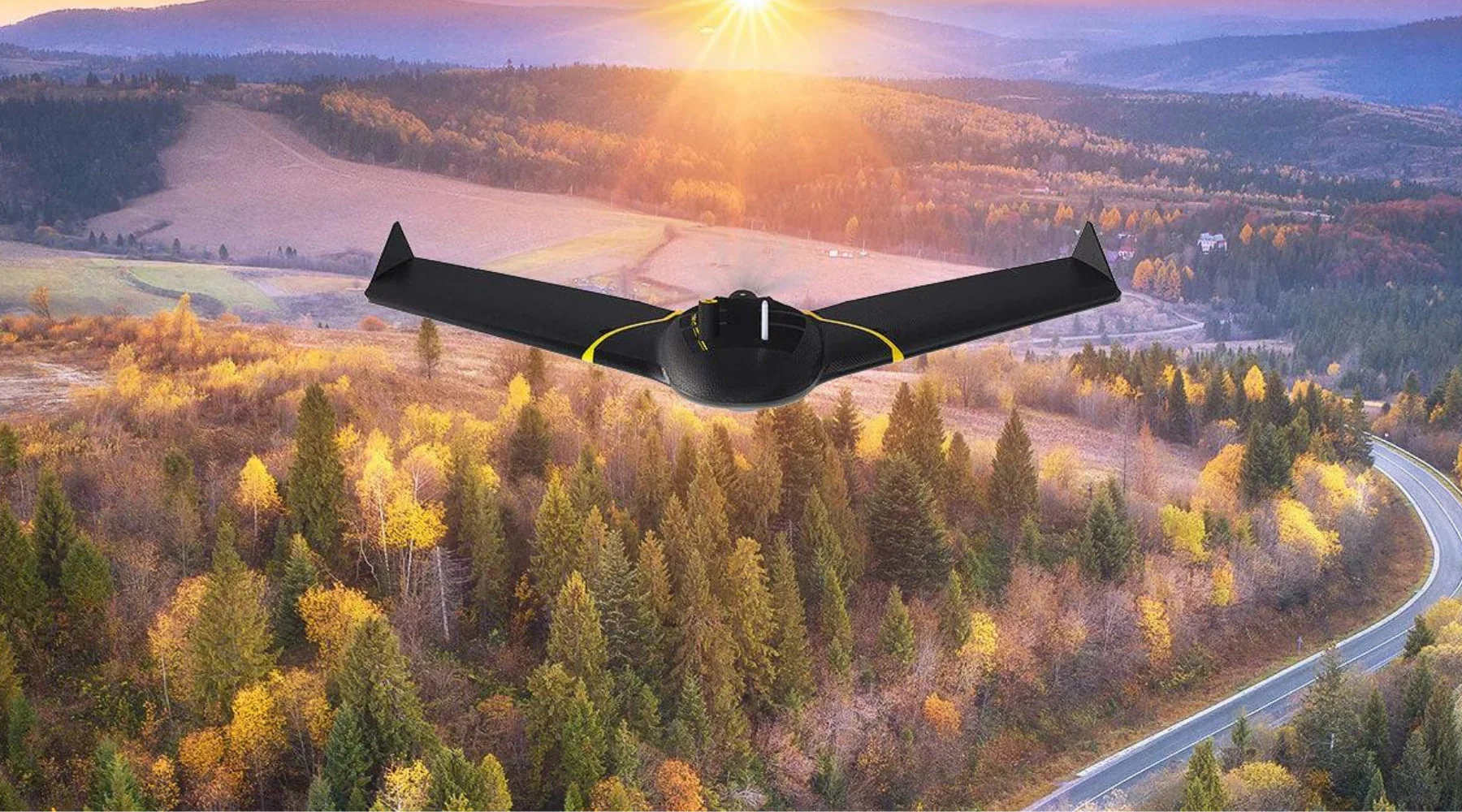
VTOL Integration: The Best of Both Worlds
Vertical takeoff and landing (VTOL) technology is a big leap in drone design. These drones mix the best of fixed-wing and multirotor systems.
They offer flexibility for many missions, making them perfect for long-range tasks.
VTOL drones can cover a lot more ground than other drones. They have special control surfaces for precise navigation in tight spots.
They're great for tasks like monitoring crop health or surveying large areas. These drones can easily switch between vertical and horizontal flight.
This makes them ideal for complex missions. They can start from restricted areas and fly over tough terrains with great precision.
VTOL drones combine vertical takeoff with fixed-wing aerodynamics. This makes them top performers in many fields.
The JOUAV VTOL Drone is an advanced vertical take-off and landing unmanned aerial vehicle designed for versatile industrial and military applications. With some models having impressive capabilities like up to 10 hours of flight time, 200km range, and a payload capacity of 1-25 kg, they can carry high-resolution cameras, thermal sensors, and multispectral imaging equipment for precise aerial surveying and monitoring.
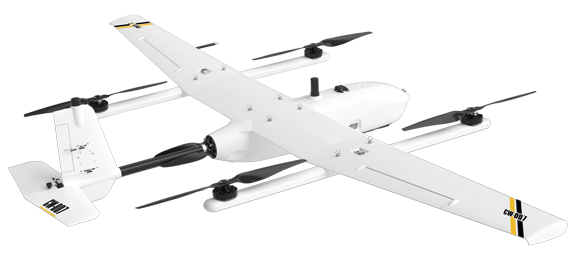
Top Performance Features of Modern Fixed-Wing Drones
Fixed-wing drones have changed the game in aerial tech. They are top-notch for lifting off and flying high with impressive flight speed.
These drones can fly far, up to 200 kilometers in one flight, and stay in the air for a long time.
This means professionals can do detailed work without needing to change batteries often.
Exceptional Flight Time and Range
High-end fixed-wing drones can fly for up to 16 hours.
This gives them a huge advantage in work. They can carry cool stuff like thermal sensors.
These are great for checking on crops and power lines.
Payload Capacity and Versatility
These drones can carry a lot, from a few kilograms to over 20 kilograms. They can even carry more than one sensor at a time.
This is helpful for jobs in farming, checking buildings, and studying the environment.
Weather Resistance and Durability
These drones are built to handle tough weather. They work well from -20°C to 50°C. Their strong build means they can be counted on, no matter the weather.
Advanced Mapping and Surveying Capabilities
Fixed-wing drones have changed the game in aerial mapping. They can carry more weight and collect data with high precision.
Precision agriculture has seen a huge leap forward thanks to these drones. They create detailed digital surface models, with ground sampling distances as low as 5-8 mm per pixel.
This allows farmers and researchers to check crop health with great accuracy.
Infrastructure inspection has also become more efficient with these drones.
Some models can check up to 52 km of power lines in just two hours.
This cuts down time and labor costs.
Their horizontal accuracy of 1 cm is perfect for making high-resolution topographic maps and detailed site surveys.
Now, professional surveyors and researchers depend on these drones for their work.
Agriculture
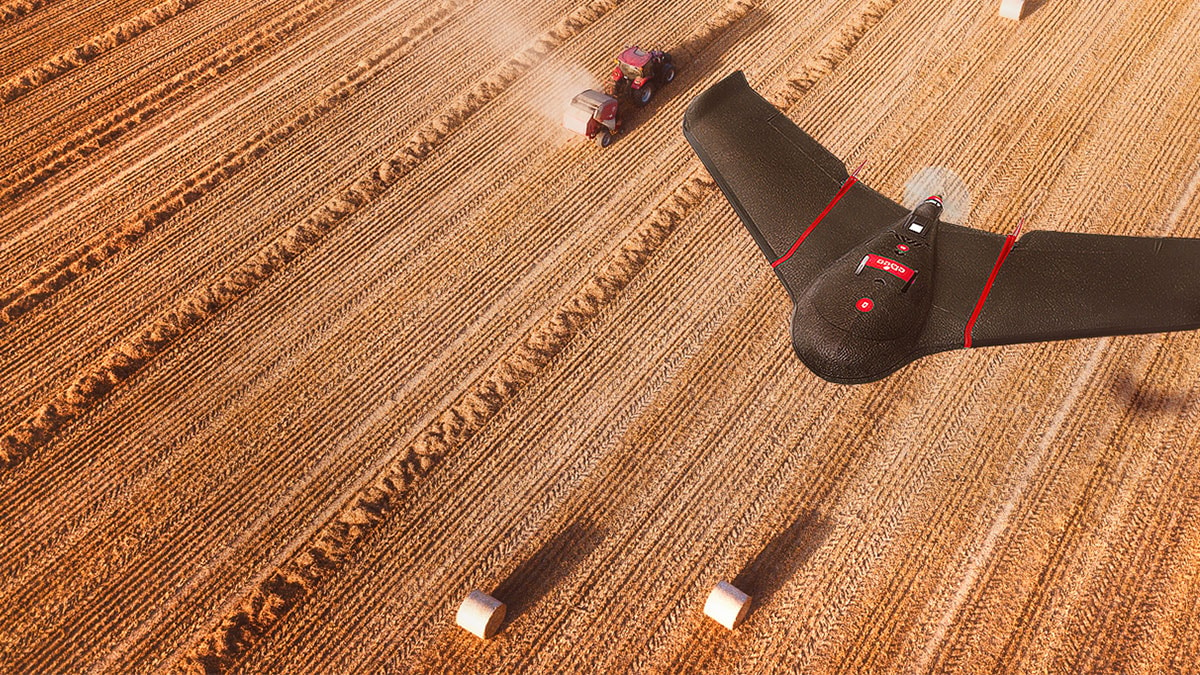
Agricultural technology has seen a big change with fixed-wing drones. These drones are changing how farmers watch over and care for their crops.
They give farmers new insights into how their fields are doing and the health of their crops.
Modern fixed-wing drones bring big benefits to precision farming. They have great battery life, so they can fly over big areas easily.
This lets farmers make better decisions by seeing detailed maps of their fields.
Crop Health Monitoring
Farmers can spot crop problems fast with drones and advanced sensors. These drones can find early signs of disease, nutrient issues, or pests in hard spots.
This means farmers can act quickly to fix problems.
Field Mapping Technologies
Fixed-wing drones are great at mapping fields. They can cover up to 500 acres in a day, cutting survey times by 90%.
The clear images and data help farmers use resources better, possibly raising crop yields by 25%.
Precision Agriculture Solutions
Drone technology lets farmers make choices based on data. These drones help farmers use less fertilizer and pesticides by up to 30%.
This makes farming more green and boosts crop management.
Industrial Inspection and Infrastructure Monitoring
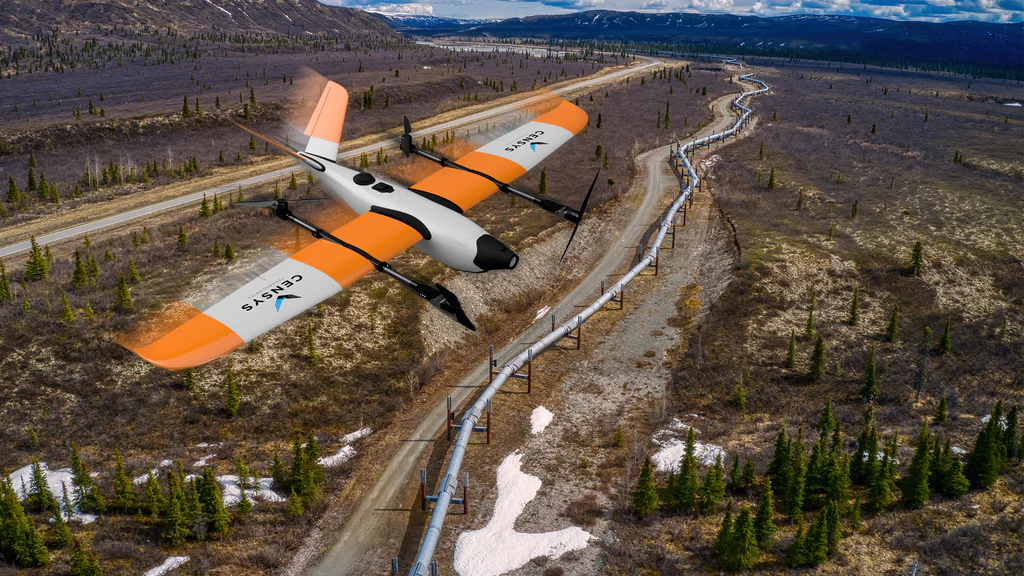
Fixed-wing drones are changing how we inspect industries. They offer new ways to collect data and monitor infrastructure.
These drones can cover large areas quickly, thanks to their high-resolution cameras and sensors.
Using drones for inspections can make your operations safer and cheaper. Teams can now reach places that were hard to get to before.
They can survey important areas like bridges and power lines.
Drones can carry more weight and fly longer, making them great for monitoring.
Drone technology is also key in disaster response. They help engineers and emergency teams quickly see the damage.
This means they can make fast decisions, which can save lives and reduce damage.
Today's drones come with advanced features like thermal imaging and LiDAR. These tools help inspect structures more accurately and quickly.
Industries like oil and gas, construction, and transportation are seeing big improvements thanks to these drones.
Investing in drone technology can save a lot of money. Studies show it can cut costs by up to 74%.
Environmental and Research Applications
Fixed-wing drones are changing environmental research in big ways. They offer new tools for scientists to study our world. This helps us learn more about nature.
These drones help researchers study large areas. They save time and money by collecting data quickly and accurately. This is thanks to their ability to fly long distances.
Wildlife Monitoring
Fixed-wing drones are changing how we track wildlife.
They let scientists watch animals without hurting their homes.
Forest Management
Drone technology helps us understand forests better.
They do aerial surveys to find diseases and check forest health.
Climate Research Support
Drone tech is key in studying the climate. They help scientists explore hard-to-reach places.
Drone technology is helping scientists learn more about our world.
It's opening up new ways to study and understand nature.
Navigation and Control Systems
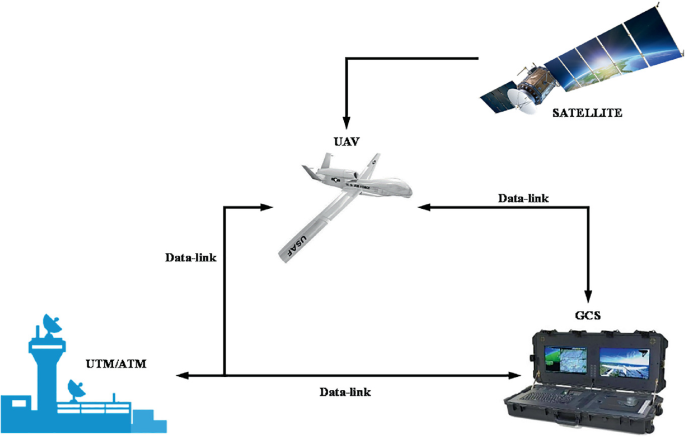
Modern fixed-wing drones have changed the game in aerial navigation. They use advanced control systems for better environmental monitoring and scientific research.
These drones have top-notch GPS, IMUs, and can fly on their own, making them very precise.
Fixed-wing drones are great for long missions because they navigate well. For example, some JOUAV drones can fly for up to 480 minutes and go 200 km at 100 km/h.
This makes them perfect for covering large areas with little human help.
Remote ID is changing how drones are used by making them easier to track and control.
It lets you see where and how drones are flying in real time.
This makes flying drones safer and follows new rules better.
These drones can handle tough environments thanks to their smart sensors and flight controllers.
They can track animals or check buildings, making them very useful for complex tasks.
Data Collection and Processing Solutions
Fixed-wing drones have changed how we collect data in many fields.
They are energy-efficient and bring new ways to survey and monitor.
Today's drones use the latest tech to capture detailed visual and spatial data.
They can carry a lot of payloads, giving us more info than old methods.
Image Processing Technologies
Special software turns drone pictures into useful insights. Tools like these make high-resolution maps and 3D models. For example, the WingtraOne VTOL system can carry more payload than regular drones.
Data Analysis Tools
Top-notch analysis tools help us understand drone data quickly. Cloud-based systems make it easy and affordable to handle big data.
They can quickly make thousands of measurements, saving a lot of time.
Real-time Monitoring Systems
Modern drones send data in real-time. RTK processing means they are 100% accurate during flight. This means you get instant, useful info right where you are.
By using both rotary-wing and fixed-wing drones, we can now collect and analyze data better than ever. This makes our work more efficient and accurate.
Regulatory Compliance and Certification
Understanding fixed-wing drone rules is key to safe flying.
The Federal Aviation Administration (FAA) sets clear guidelines for drone pilots.
Knowing these rules helps you fly legally and avoid trouble.
The Code of Federal Regulation (CFR) Part 107 outlines rules for small drones.
If you fly drones for work, you need a Remote Pilot Certificate.
Important rules include weight limits and flying rules. Drones can't weigh over 55 pounds at takeoff.
One must keep the drone in sight, fly under 400 feet, and not go over 100 miles per hour.
In natural disasters, you might need special permission to fly.
Every drone must be registered with the FAA, and valid for three years.
Starting September 2023, drones must have Remote ID technology.
This lets others know where your drone is flying. Following these rules keeps drone flying safe and legal.
By knowing and following these rules, you can use fixed-wing drones safely and legally.
Cost Analysis and ROI Considerations
Buying fixed-wing drones is a smart financial move for businesses looking to improve how they work. The cost of a drone might seem high at first.
But, the long-term gains often make it worth it. These drones bring big benefits to many professional fields.
Looking at the money side, companies find they save a lot. A drone can cost about $5,000. This is less than what a helicopter costs at $3,000 an hour.
Drones can cut inspection costs by up to 50%, which is great for businesses that need to watch over big areas.
The advanced features of fixed-wing drones add to their value.
They can gather detailed data better than old methods. For example, real estate sees a 94% jump in client interest.
The value of these drones grows when you see how versatile they are. They help in many fields like farming and managing big projects.
Companies using drones see a 25% boost in how well they work. This means big savings for them.
Buying fixed-wing drones is more than just a purchase. It's a smart choice for smarter, cheaper ways of working.
By seeing the full financial benefits, you can make choices that help your business grow with the latest aerial tech.
Future Trends in Fixed Wing Drone Technology
The fixed-wing drone market is set to grow. It's expected to jump from USD 5.5 billion in 2022 to USD 12 billion by 2030.
This means a 10% growth every year, bringing new and exciting changes to drone technology.
Big names like AeroVironment and UAV Factory are leading these changes.
They're working on drones that can carry more, fly longer, and do more things.
Expect to see better thermal imaging, more precise data collection, and drones that can do more.
Emerging Technologies
New tech is making drones better. Scientists are working on drones that can lift up to 550 pounds.
This could change how we move materials in construction and logistics.
Drone cameras and thermal imaging are getting better too. They could make managing projects 25% more efficient.
And they might cut down on manual labor by up to 33%.
Industry Predictions
Drone technology will grow in different parts of the world.
North America is already advanced, with lots of research and development.
But Asia-Pacific is growing the fastest.
Europe is also important, thanks to its strict environmental rules.
Expect drones to get even better at solving big industrial and research problems.
FAQ
What is a fixed-wing drone?
A fixed-wing drone is a type of unmanned aerial vehicle (UAV). It has a rigid wing that lifts it up like a plane. This design lets it fly longer and cover more ground than multi-rotor drones. It's great for tasks like farming, mapping, and checking buildings.
What is the weakness of a fixed-wing drone?
Fixed-wing drones have several critical weaknesses that limit their versatility and operational capabilities. They require long, clear runways or specialized launching mechanisms for takeoff and landing (except VTOL models).
Why are fixed-wing drones so expensive?
Fixed-wing drones are expensive due to their complex engineering, precision-manufactured aerodynamic designs, advanced navigation systems, sophisticated propulsion technologies, and specialized payloads. High-quality materials like carbon fiber, intricate sensor systems, and extensive research and development costs contribute significantly to their premium pricing, which also means that they last longer.
Which is better multi-rotor or fixed-wing drones?
Multi-rotor and fixed-wing drones each have distinct advantages depending on the intended use. Multi-rotor drones excel in maneuverability, stability, and the ability to hover, making them ideal for applications like aerial photography, inspections, and close-range surveying. Their vertical takeoff and landing capabilities allow operation in confined spaces and urban environments. Conversely, fixed-wing drones offer superior flight endurance, longer range, and higher speeds, making them well-suited for extensive agricultural surveying, mapping, and military reconnaissance over vast areas. They are often more efficient for long-duration flights due to their aerodynamic design.
How high can fixed-wing drones fly?
Fixed-wing drones can typically fly at altitudes ranging from about 1,000 to 18,000 feet (approximately 300 to 5,500 meters) depending on their design and purpose. Most commercial fixed-wing drones are restricted to lower altitudes, often around 400 to 1,200 feet (120 to 370 meters) for safety and regulatory compliance, especially for those used in agriculture or surveying. Military fixed-wing UAVs, such as the MQ-9 Reaper, can operate at much higher altitudes, reaching up to 50,000 feet (15,200 meters) or more, allowing them to conduct reconnaissance missions beyond the reach of other aircraft.
How do fixed-wing drones differ from multi-rotor drones?
Fixed-wing drones fly longer and farther than multi-rotor drones. They are more efficient for long trips. But, multi-rotor drones are better for staying in one place and moving precisely.
What are the primary applications of fixed-wing drones?
Fixed-wing drones are used in many ways. They help with farming, mapping, checking buildings, watching the environment, and science. They can cover a lot of ground and give detailed views of areas, which is hard or expensive to do by hand.
Are fixed-wing drones difficult to operate?
Fixed-wing drones are more complex than multi-rotor drones. But, they're getting easier to use. Many have smart systems and can fly on their own. This makes them accessible to more people, even those new to drones.
What industries benefit most from fixed-wing drone technology?
Many industries use fixed-wing drones. These include farming, checking buildings, watching the environment, surveying, and disaster response. They offer a cost-effective way to gather data and do tasks that are hard or expensive to do by hand.
How accurate are the mapping and surveying capabilities of fixed-wing drones?
Fixed-wing drones can map and survey very accurately. They can reach centimeter-level precision with the right sensors and software. This helps professionals in many fields get detailed and useful data.

RELATED ARTICLES:
